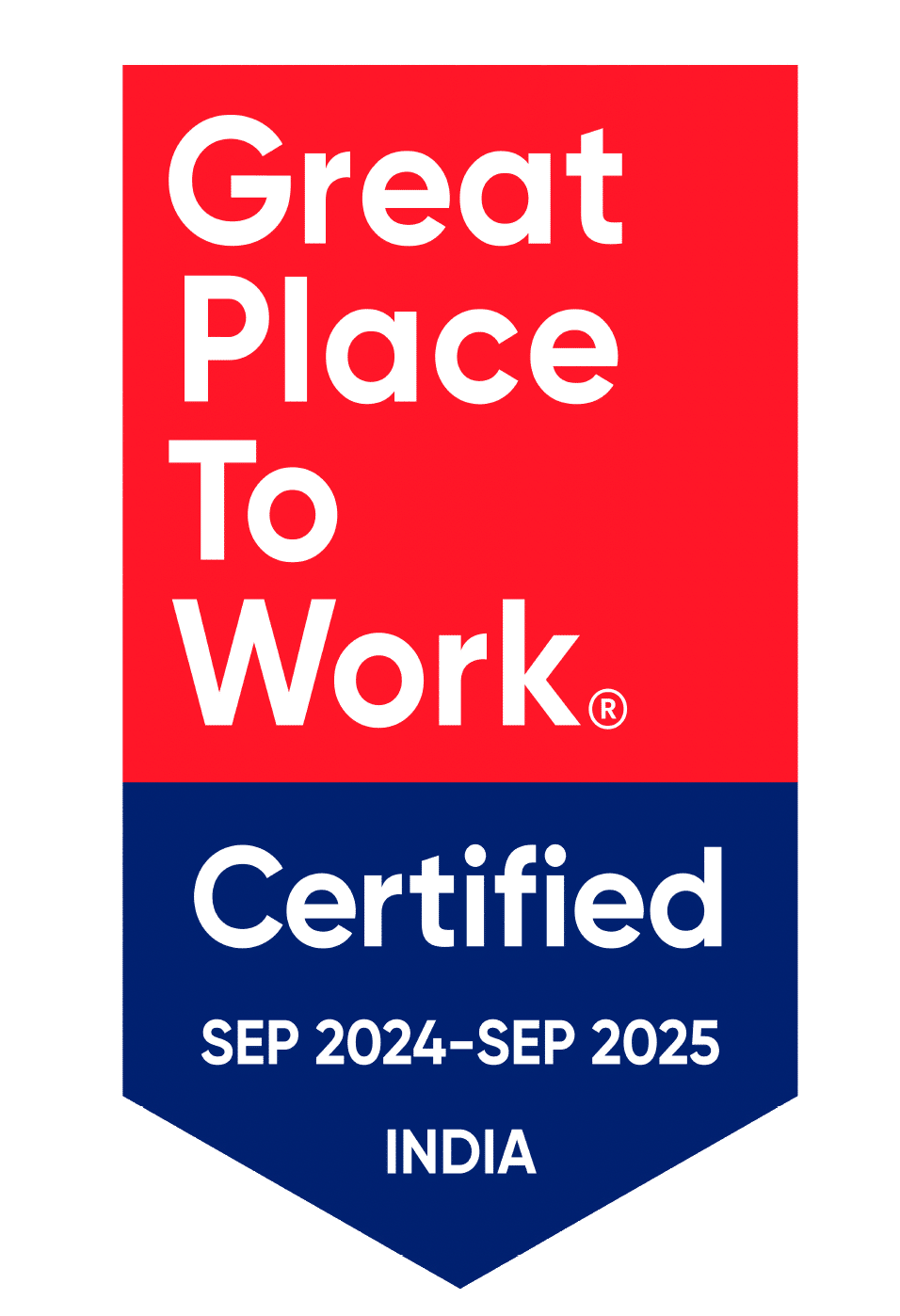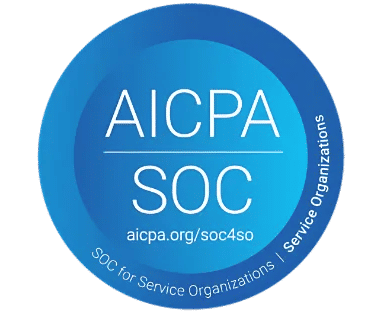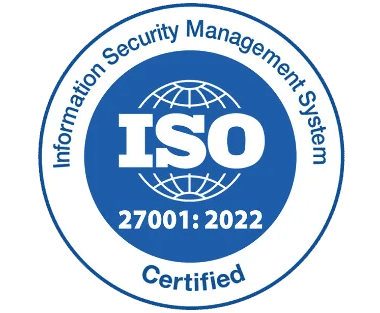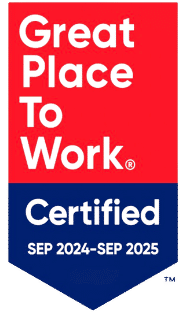Why Your Business Needs Automated Onboarding Software to Scale

Implementing automated onboarding software in your business will significantly boosts HR efficiency. As technology evolves the business world is marching towards the automation. This helps in reducing the workload focuses on improving business tactics.
In this blog, we will see how automating your employee hiring will assists in growing business activities.
What is Automated Onboarding Software?
It is a digital solution that facilitates the process of integrating new employees into an organization. It encompasses a range of functions, including document management, training schedules, and performance tracking.
By automating these processes, organizations can ensure a smoother transition for new hires, allowing them to become productive members of the team more quickly. This technology can be customized to fit the unique needs of any business, making it a versatile option for companies of all sizes.
Benefits of Using Automating your Onboarding system
Automating hiring process can transform how companies approach the integration of new team members. Here are some of the most significant advantages,
- Reducing Training Time
One of the most notable challenges businesses faces is the lengthy duration of training for new employees. Traditional methods often involve extensive manual tasks, which can lead to delays in productivity. With help of automation, companies can streamline the training process.
For instance, employee onboarding tool can provide self-paced training modules that new hires can access at any time, enabling them to learn essential skills more efficiently. This reduction in training time not only accelerates productivity but also allows businesses to allocate resources more effectively. - Enhance HR Workflow
Human resources departments often juggle numerous tasks, from recruitment to compliance. It simplifies HR workflows by consolidating various tasks into one platform. This centralization allows HR teams to focus on strategic initiatives rather than getting bogged down by administrative duties.
For example, automated notifications can remind HR personnel about important deadlines, such as benefits enrolment, ensuring that no crucial tasks fall through the cracks. A more efficient workflow leads to better resource management and enhances the overall performance of the HR department. - Improves New Hire Satisfaction
The integration experience is critical for new employees, as it significantly influences their job satisfaction and retention. Automating your hiring process creates a more welcoming environment for new team members by providing them with all the necessary resources and information from day one.
Through interactive training modules and engaging welcome messages, new hires feel supported and valued. This positive experience can lead to higher job satisfaction and reduce turnover rates, ultimately benefiting the organization’s bottom line. - Reduce Administrative Burdens
Manual processes can create an overwhelming administrative burden for HR departments. From collecting paperwork to tracking training progress, these tasks can consume valuable time and resources. It mitigates this burden by digitizing and streamlining administrative tasks.
For example, employees can complete necessary forms electronically, reducing the need for physical paperwork. This efficiency not only saves time but also minimizes the potential for errors that can arise from manual data entry. - Centralized Document Management

Keeping track of various documents related to new hires can be challenging, especially for larger organizations. It provides centralized document management, allowing companies to store and organize essential files securely.
From contracts to training materials, all documentation is accessible in one place, making it easy for HR teams and new employees to retrieve necessary information. This feature ensures compliance with legal requirements while also simplifying the onboarding process for everyone involved.
Challenges in Manual Onboarding Software
While traditional onboarding methods have their merits, they often come with significant challenges. Manual processes can lead to inconsistent experiences for new hires, resulting in confusion and frustration.
Additionally, the reliance on paper-based documentation increases the likelihood of errors and misplaced files. Inadequate tracking of new hire progress can also hinder their transition into the organization, delaying productivity and integration. These challenges underscore the necessity for businesses to adopt automated solutions that can streamline and enhance the onboarding process.
- Inconsistency in Processes
Manual onboarding often leads to variations in the integration experience for new hires, depending on the HR personnel involved. This inconsistency can create confusion and dissatisfaction among new employees. - Difficulties in Tracking Progress
Monitoring the progress of new hires during their initial integration can be challenging with manual methods. This lack of visibility can hinder the ability to identify areas where additional support may be needed. - Compliance Risks
Keeping up with legal and regulatory requirements can be difficult with manual processes. Failure to maintain accurate records or adhere to compliance guidelines may expose the company to legal risks. - Limitation Of Getting Feedback
Without automated systems to gather feedback, organizations may miss valuable insights on the onboarding process, preventing them from making necessary improvements. - Lack Of Reviewing Organizational Structure
Manual onboarding lacks dynamic tools like interactive organizational charts, which provide visually appealing representations of company structures. Without these tools, employees may struggle to understand the company’s hierarchy, reporting lines, and team roles.
Tips to Find the Best Automated Onboarding Tool
When selecting smart solutions for onboarding process, consider the following tips to ensure you make an informed decision
- Evaluate Your Needs
One of the first thing one should consider before selecting hiring software is evaluating their requirements and goals. Calculate employee strengths, complexity of your process and compliance needs. This simple evaluation assists in find the right software partner for your business. - Check With Integrations and User Friendly
Ensure that the employee onboarding tool integrates well with your existing tools and offers a user-friendly experience. Check how smoothly it works with platforms like Microsoft and how intuitive the user interface is for daily use.
By focusing on these factors, you can choose a tool that fits in your organization’s needs while enhancing efficiency, collaboration, and security. - Advanced Search Capabilities
A resourceful tool should offer enhanced search features that allow you to quickly locate colleagues based on names, departments, or skills. In larger organizations, this is especially important to help navigate complex structures. Advanced search filters and personalized options will simplify finding the right contact, improving collaboration across teams. - Enhanced Data Security features
When it comes to handling sensitive employee data, security should always be at the forefront of your mind. It’s essential to choose software that prioritizes confidentiality and comes equipped with strong security features.
Your business needs an employee onboarding tool that not only complies with data protection standards but also keeps your information safe from unauthorized access. Ensuring that your data remains secure within the platform gives you peace of mind, knowing that sensitive information is well protected. - Real-Time Data Synchronization
Another key feature to look for is real-time data synchronization. The software should ensure that any updates to employee information are instantly reflected across all systems. This keeps your directory accurate and up to date, reducing errors and improving overall efficiency.
Conclusion
Hiring talented resources for the company and ensuring a smooth hiring process paves the way for growth. As the technology is changing it’s essential for businesses to adapt and grow with it. This helps in improving work quality and productivity. Also choosing a staff onboarding software with automation is a game changer and helps to concentrate on business strategies.
Want to ease your talent management challenges? Book a free demo, and our expert support team will assist you!
Frequently Asked Questions
1. Should I collect regular feedback after automating the process?
Yes, the software can help automate the feedback collection process, allowing you to continuously improve and tailor your systems based on user input.
2. How does automated onboarding software reduce training time?
By providing self-paced training modules and digital resources, the system allows new hires to learn essential skills at their convenience, speeding up their time to productivity.
3. How can automated onboarding software improve new hire satisfaction?
By providing a comprehensive and engaging onboarding experience from day one, such as interactive training modules and essential resources, and it helps new employees feel supported and valued, which can enhance job satisfaction.
4. How does automated onboarding impact the company’s productivity?
It speeds up the integration process, allowing new hires to contribute to the business more quickly.
5. How do automated systems improve the accuracy of employee information?
Real-time synchronization ensures that any updates made to employee data are instantly reflected across all platforms.









_svxLrd-8yH.png)

_2VYSFUTN5m.png)

_JiluXJRGNl.svg)

_2djTKNocf.png)





_Rapo0hRMBy.png)










